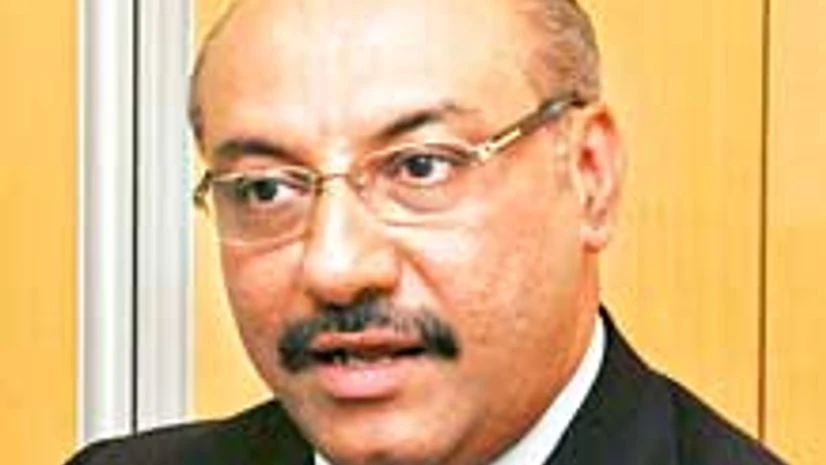It has been a month since Satya Nadella made his first visit to India as chief executive of Microsoft and announced setting up local data centres. Microsoft being the first to set up local servers in India could get a significant leg-up over rivals, since both government and private majors are getting concerned about data security and sovereignty. Karan Bajwa, managing director of Microsoft India, talks to Surabhi Agarwal on the move and how the company is playing catch-up with Android on the devices segment. Excerpts:
Since some organisations are cagey about the security of their data, is that the prime reason Microsoft decided to have local data centres in India?
One of the reasons. There have been a certain set of customers who've been concerned about what happened to their data, where it sits, what kind of access they and other people have to it. Of course, there is a certain set of customers with issues around data sovereignty itself. For instance, government entities, governments themselves, state-owned enterprises and banking & financial services. They also have had regulations. But this is not the only reason, clearly. We (also) have an ever expanding footprint of geo-dispersed data centres. I guess the count is now over 100 such footprints across the world.
Also Read
Do you expect your revenue to go up significantly after the announcement?
Revenue is more an outcome. It will show up over time. More important, it will open a very large part of the market that was not open in the past. We've given you a sense of a timeline of our India Data Center. Something towards the end of this 2015 calendar is when we'll start seeing these services come alive. So, we're starting to see customers come on to the table and have these conversations, both across government and non-government.
How is the devices segment looking at in India? Now, Nokia is also in…
Very clearly, we continue to maintain our number two position in the Windows phone from an India mobile market standpoint. There is excitement about the upcoming portfolio, localisation of the portfolio for India. From a surface standpoint, at this stage we don't have any plans to share about India launch per se. A large part of our focus is on working with OEM (original equipment makers) partners. Traditionally, that's what we've done. We've built a third-party ecosystem on the Microsoft platform that leverages the value of software and builds those platforms. So, it is the large ecosystem that we have. And, now, we are expanding that to include the local OEMs as well, for the phone and for the tablets.
You mentioned about developing the local OEM ecosystem but it continues to be Android-dominated. What is your strategy to counter it?
On the phone side and the tablet side, we're not closed to the fact that there is an Android ecosystem which is way larger than what it needs to be or it should be. We will do whatever it takes to continue building share on that. But, we don't have our eyes closed to the fact that there is a very large Android ecosystem on the phone and the tablet side. I see it as a clear opportunity on the commercial side, where we traditionally have a strong Windows' value engagement. Building that value engagement from PCs (personal computers) on to tablets is a very natural consequence, as these people have started opting for tablets.
Are regulations a major block towards the growth of cloud?
The government, Reserve Bank, etc, will also have to go through a change in the policy environment on the public cloud, a natural process everybody will have to go through. Those are people we are working with, also to educate them about the public cloud. I think about allowing customers and entities to use the public cloud, there will have to be those policy changes done.
Is it written in the policy you can't use public cloud?
There is non-clarity of policy on that. And, hence, people have been hesitant to go to the public cloud. I would like to have a much clearer policy environment on the use of public cloud.

)
